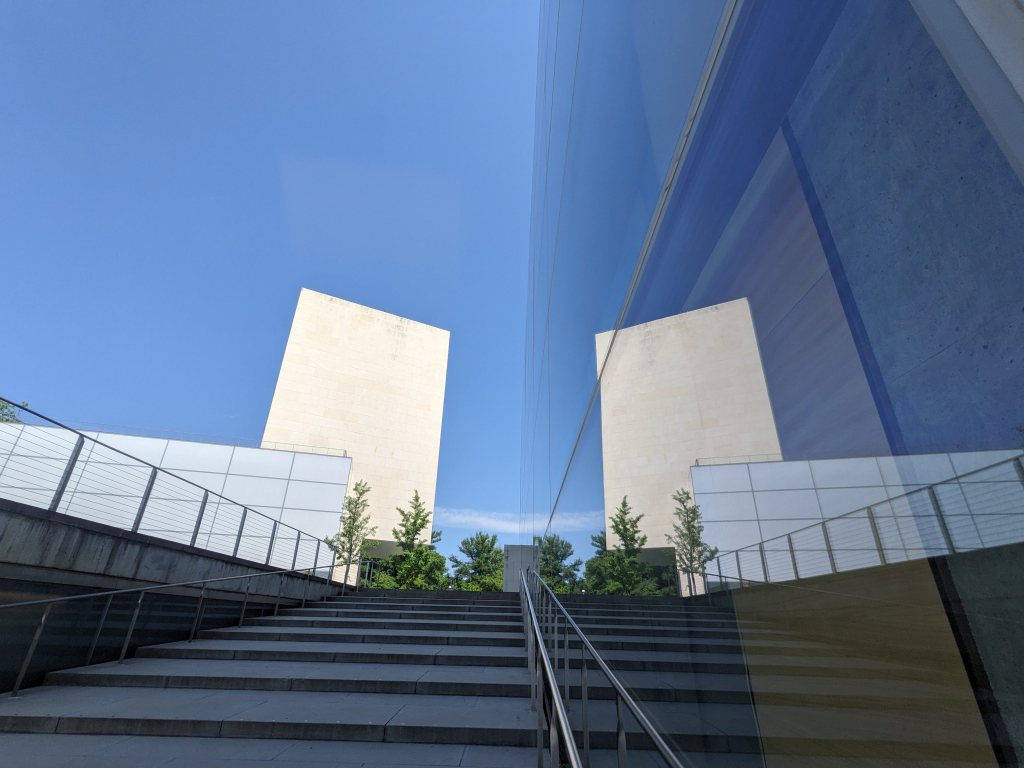
30 June 2024
In May I encountered a building that showed me how to think like a bird. Here is the building. What do you see?
Sky. Trees. Four buildings. Railings. Stairs.
At street level we see stairs, railings, trees, white buildings but not the building we are close enough to touch. The Effron Music Building at Princeton University virtually disappears in its reflections.
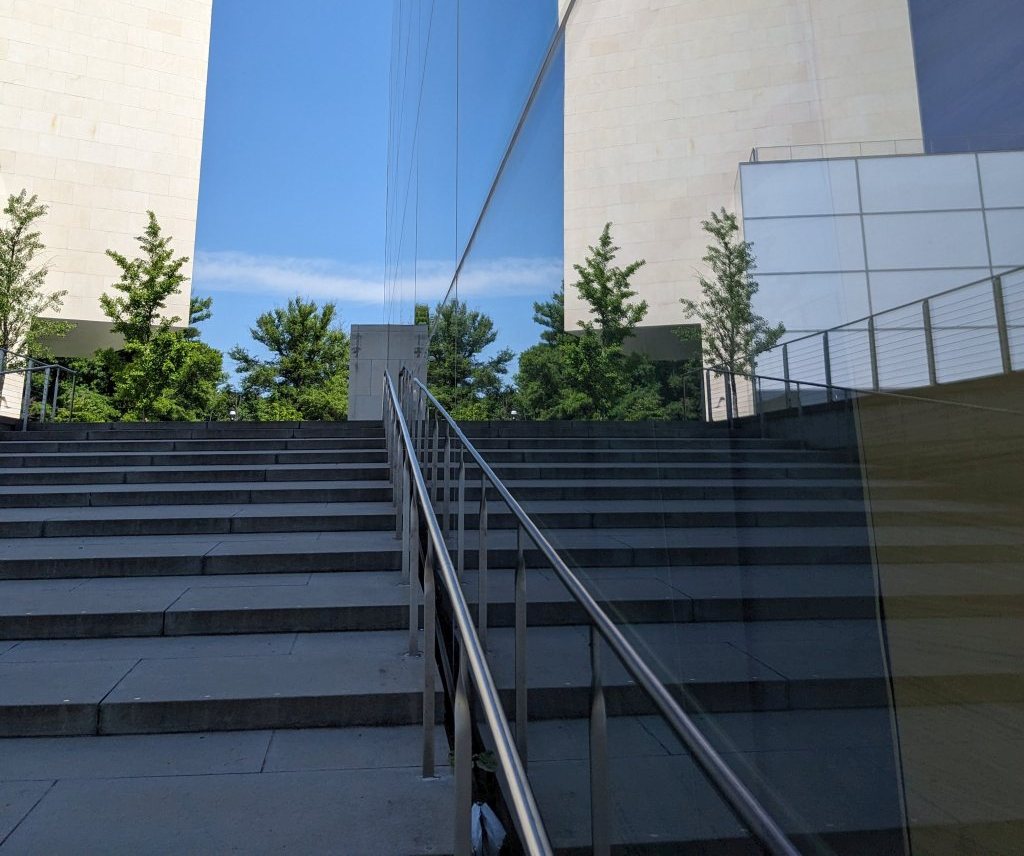
Facing the glass you can see through it to suspended wooden practice rooms, yet the surface of the Effron Music Building still reflects its surroundings.
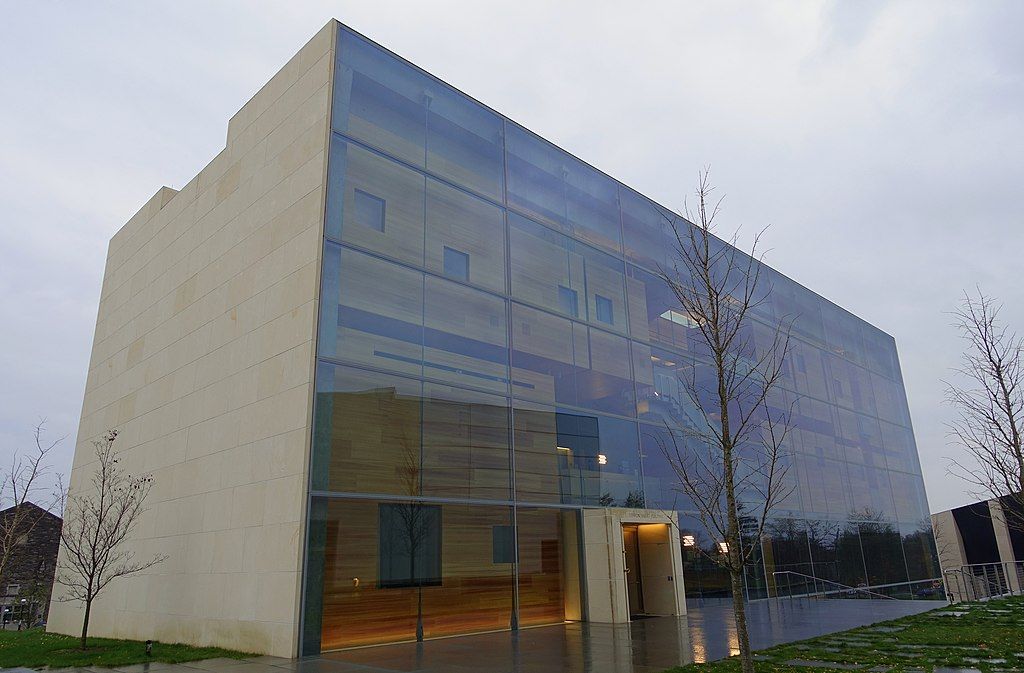
Now, imagine you are the size of a songbird.
What do you see instead of the window glass? Leaves. Branches.
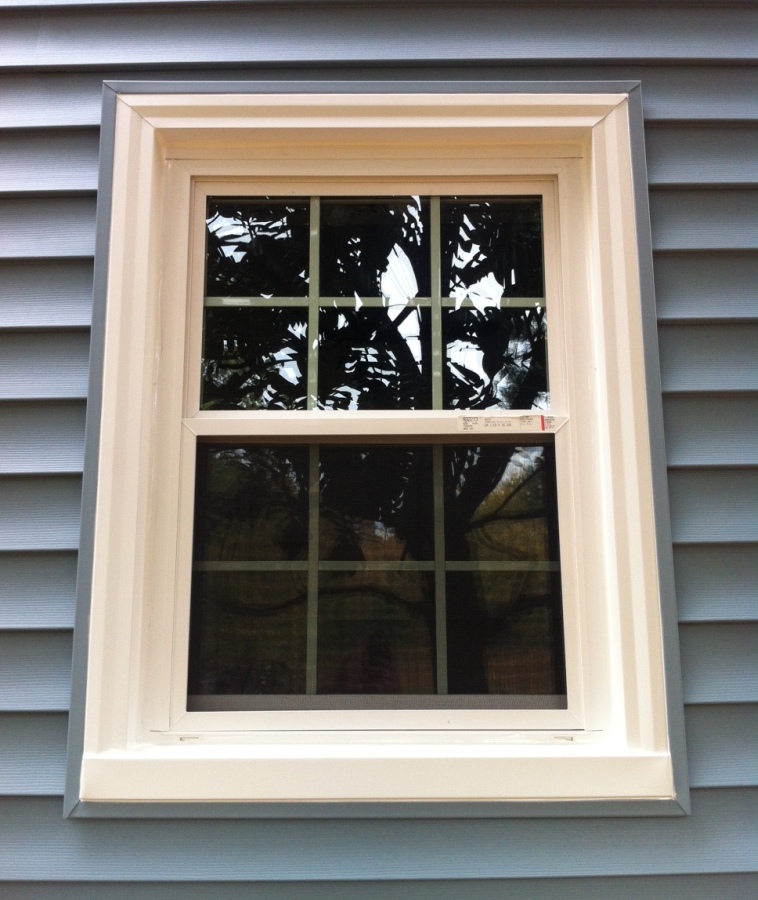
What do you see instead of the glass? Sky. Trees.
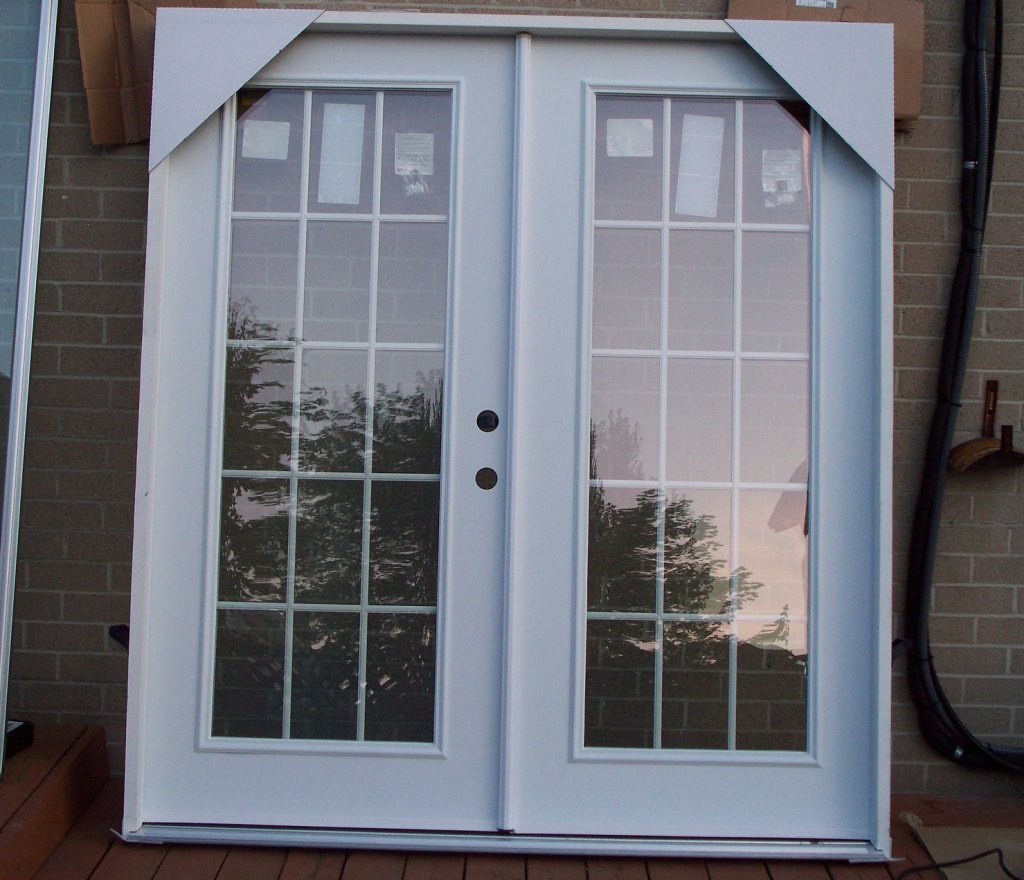
What do you see here? Lots and lots of trees and an inviting backyard to fly into.
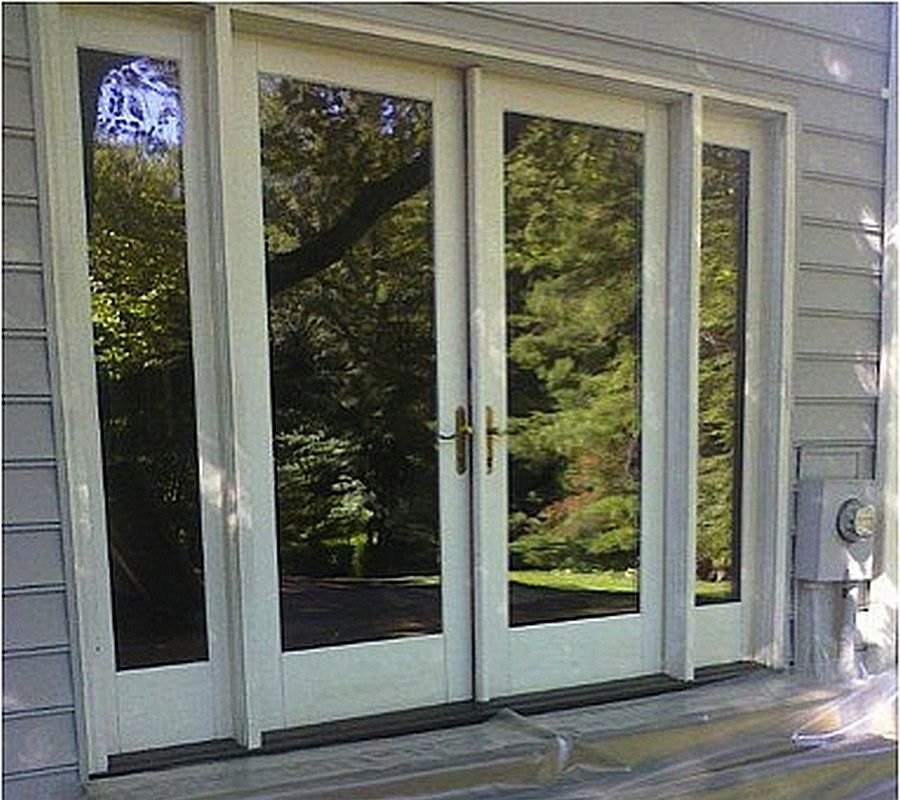
These optical illusions are why glass kills one billion birds every year in the U.S. That’s 2.7 million birds per day.
Towering skyscrapers might seem like the most obvious culprits [of bird deaths], yet Loss’s team found that 56 percent of the mortality occurs at low-rises (4-11 stories tall); 44 percent at residences (1-3 stories tall), and less than 1 percent at high-rises (12 stories and up).
— National Audubon: Hundreds of Millions of Birds Are Killed Annually from Building Collisions
56% of the deaths are at 4-11 story buildings: offices, apartments and academic buildings such as 5-story Craig Hall at Pitt where a juvie peregrine died in 2012.
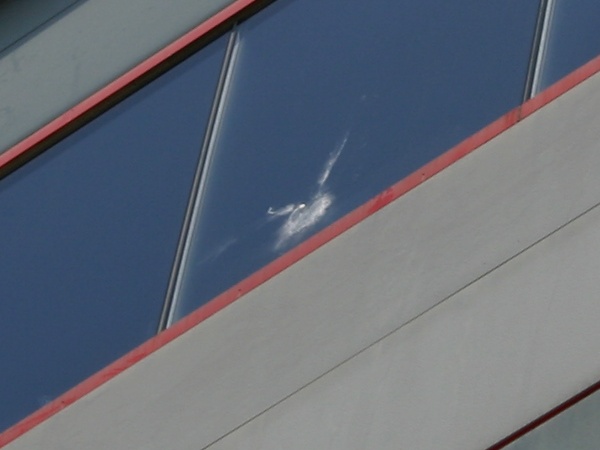
Low-rise buildings are more likely to cause bird deaths when they reflect trees in the glass. I noticed that the Effron Music Building does not have greenery anywhere near the reflective surface so it probably doesn’t cause many bird deaths.
Our homes, however, reflect our backyards. 44% of bird deaths are at 1-3 story residences.
Do birds hit your windows at home? Take a look at your windows and think like a bird.
PREVENT BIRDS FROM HITTING YOUR WINDOWS AT HOME: Reflective glass must be treated on the outside to alter the entire look of the windows. The treatment must make the birds see a wall or a mesh too small to fly through. Here are tips from Fatal Light Awareness Program in Toronto and the American Bird Conservancy